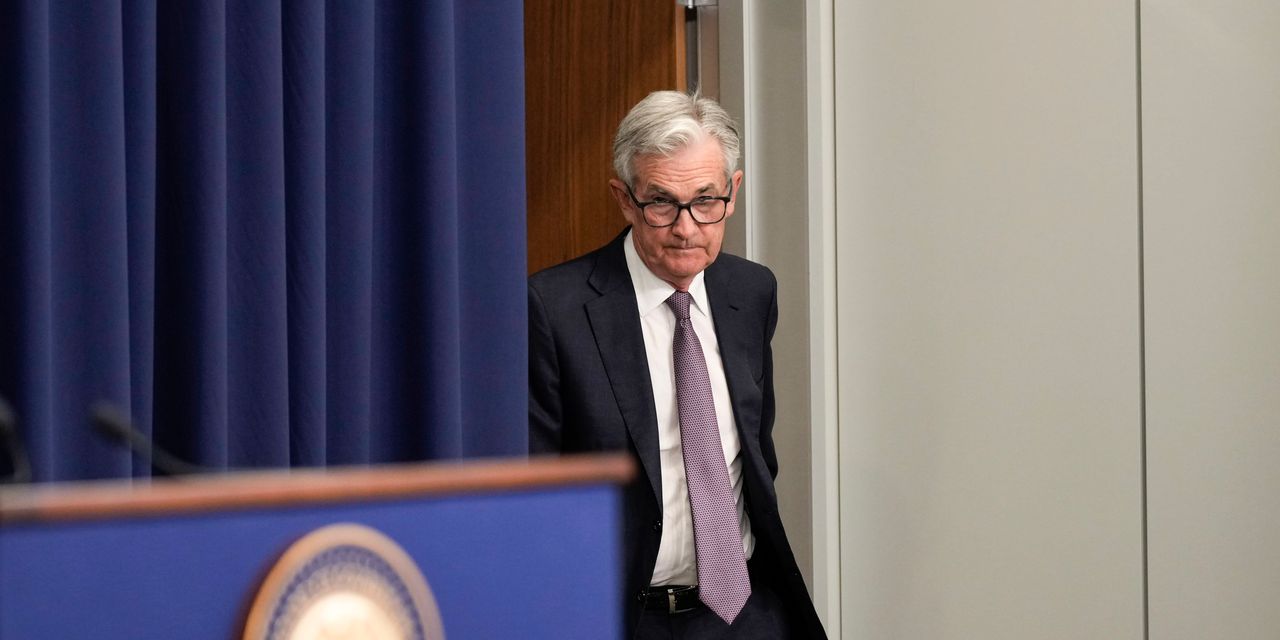The Bank of England’s dramatic about-face decision to temporarily buy bonds in an effort to calm its disorderly bond market has no immediate implications for the Federal Reserve, a former staffer at the U.S. central bank said Wednesday.
“We don’t expect the Fed or other central banks to follow suit unless other sovereign markets become dysfunctional,” said Roberto Perli, who is now head of global policy at Piper Sandler.
Read: UK bond yields plunge after Bank of England steps in to buy
“The BoE’s intervention is not too surprising — disorderly gilt market action risked destabilizing financial institutions (including pension funds) and the economy, so something needed to be done,” Perli said.
“Also, the BoE is one of the few central banks with an explicit financial stability objective, and that makes its decisions even more understandable,” he added.
The Fed had been buying U.S. Treasurys and mortgaged-backed debt since the start of the pandemic in March 2020, doubling its balance sheet to $8.9 trillion.
But the central bank reversed course earlier this year as part of its effort to fight inflation, which has reached 40-year highs. The bank is now allowing $90 billion in securities to roll off its balance sheet each month in a process known as “quantitative tightening.”
Perli said the Fed is not close to halting or reversing quantitative tightening because of the Bank of England actions.
The U.S. Treasury market is not dysfunctional, he said, and the Fed won’t do anything different unless the situation changes. With inflation so high, he added, asset purchases are far from being a logical policy step for the Fed.
The yield on the 10-year Treasury note
TMUBMUSD10Y,
retreated Wednesday after briefly hitting 4%.
Perli said this was likely temporary relief from upward pressure, as yields would ultimately be driven by continued aggressive Fed rate hikes.
The Fed’s “dot-plot” shows that officials expect its benchmark rate to rise to a range of 4.25%- 4.5% by the end of the year, from the current level of 3% to 3.25%.
